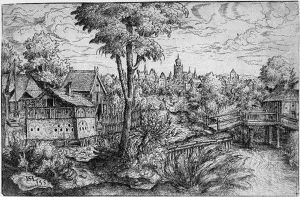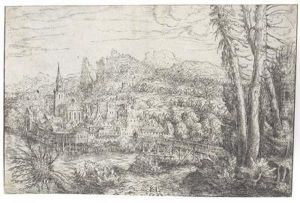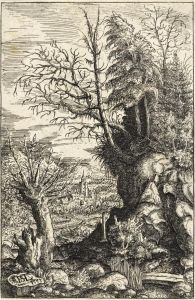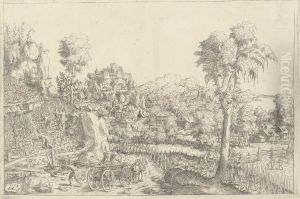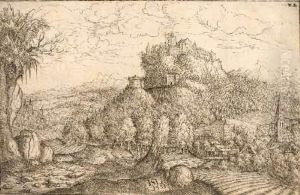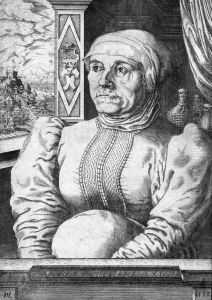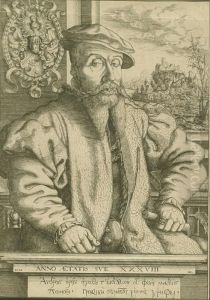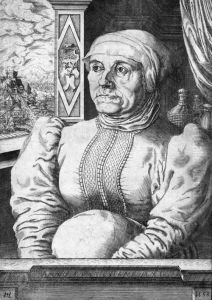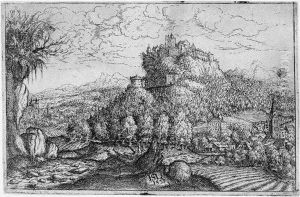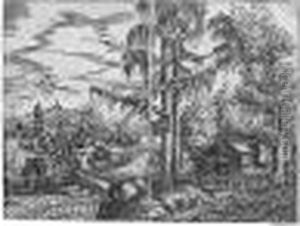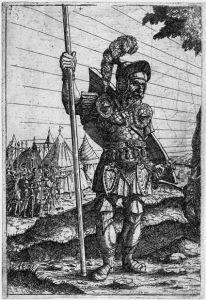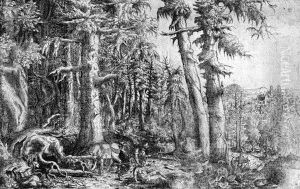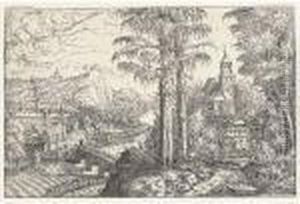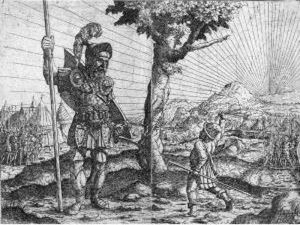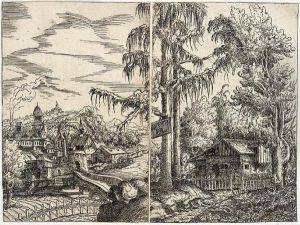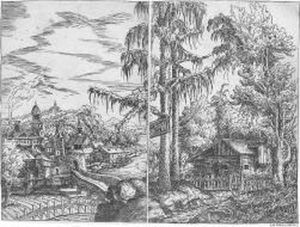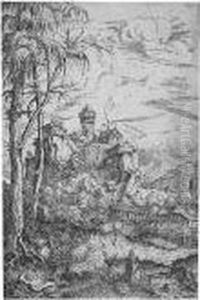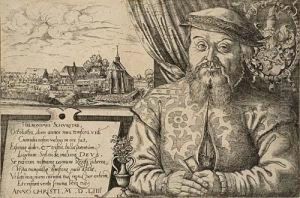Hans Sebald Lautensack Paintings
Hans Sebald Lautensack was a German engraver and painter known for his detailed portraits and landscapes, as well as his etchings that often depicted religious and mythological themes. Born in 1524 in Nuremberg, Lautensack was part of a family deeply embedded in the arts; his father, Heinrich Lautensack, was also a painter. Despite the prominence of his work, details about his life remain relatively scarce, painting a picture of an artist whose legacy is primarily preserved through his art.
Lautensack's career is notable for its contributions to the Northern Renaissance, a period characterized by a resurgence of interest in the detailed observation of the natural world and the human form, combined with a profound engagement with classical themes and techniques inherited from the Italian Renaissance. His work reflects this blend, showcasing a mastery of engraving techniques that allowed him to produce works with remarkable detail and depth.
Around 1554, Lautensack moved to Vienna, where he became connected with the court of Ferdinand I, Holy Roman Emperor. This period marked a significant phase in his career, as he produced portraits of nobility and began exploring the landscape genre more fervently. His landscapes, often etched with a meticulous hand, carried a sense of realism that was innovative for his time, capturing the beauty and intricacy of nature in a manner that few of his contemporaries could match.
Despite the acclaim his work garnered, Lautensack's personal life was marked by financial difficulties and struggles, which led him to move frequently in search of patronage and commissions. These challenges did not hinder his artistic output, however, as he continued to create etchings that were sought after by collectors and fellow artists alike.
Hans Sebald Lautensack's death in 1566 marked the end of a career that, while not extensively documented, left a significant mark on the world of engraving and the Northern Renaissance. His legacy lives on through his etchings and paintings, which continue to be studied and admired for their technical skill and artistic beauty. Lautensack's work remains a testament to the enduring power of the Renaissance spirit of exploration and innovation in the arts.
